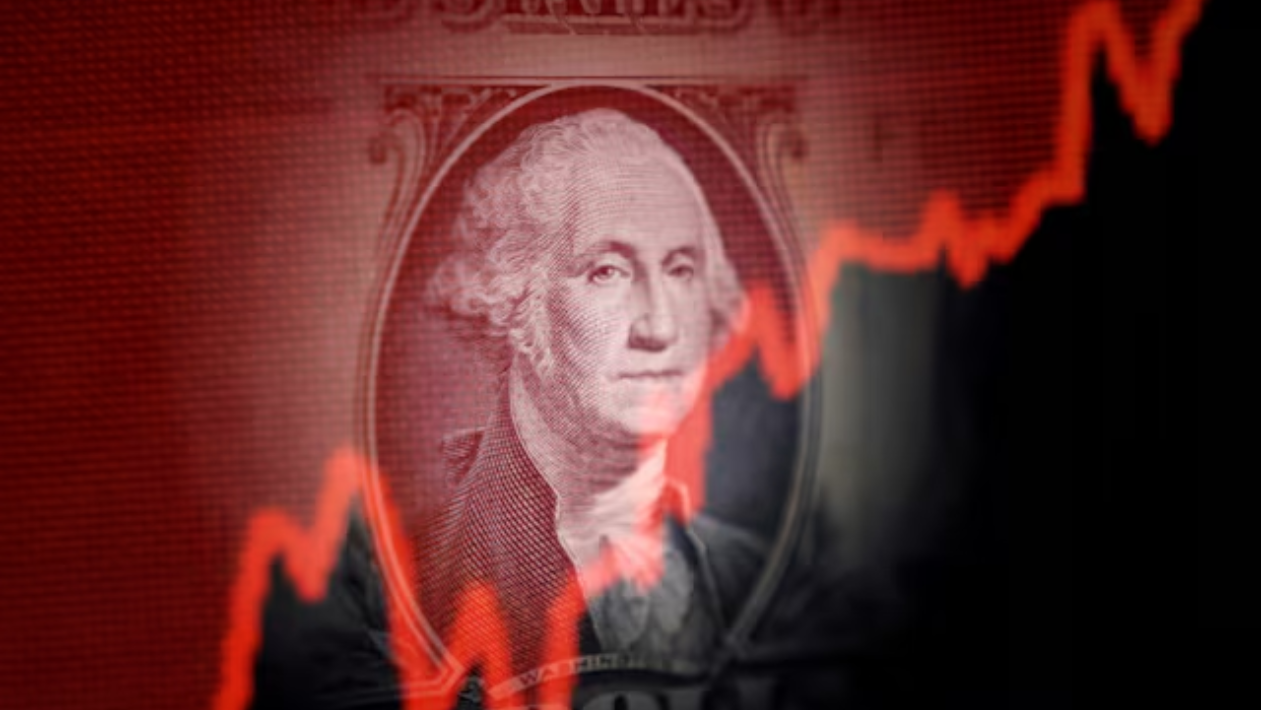June 18, 2025 — In a clear sign of shifting global financial priorities, foreign central banks are gradually reducing their exposure to U.S. assets, including Treasury securities, as part of a broader effort to diversify reserves and hedge against geopolitical risks.
This trend reflects growing caution among international reserve managers amid rising global tensions, persistent U.S. fiscal deficits, and evolving currency strategies.
📉 Foreign Holdings of U.S. Treasuries Decline
Recent data shows that several major central banks — including those of China, Russia, Saudi Arabia, and others — have reduced their holdings of U.S. government debt.
- China, once the largest foreign holder of U.S. Treasuries, has steadily trimmed its portfolio over the past two years.
- Russia accelerated its exit from dollar-denominated assets following sanctions and global de-dollarization efforts.
- Other emerging economies are reallocating funds toward gold, euro-denominated assets, and even local or regional alternatives.
💬 Why Are Central Banks Diversifying?
Central banks traditionally invest heavily in U.S. assets because of the dollar’s role as the world’s reserve currency. However, several factors are prompting a rethink:
- Geopolitical Risks – Sanctions, trade wars, and political unpredictability are causing nations to view U.S. assets as increasingly risky.
- Interest Rate Volatility – Aggressive rate hikes by the Federal Reserve have raised concerns about valuation losses on fixed-income portfolios.
- U.S. Fiscal Uncertainty – The growing national debt and repeated political standoffs over the debt ceiling are undermining investor confidence.
- Strategic Hedging – Central banks are hedging their reserve portfolios by increasing allocations to commodities like gold, and diversifying into currencies like the euro, yuan, and Swiss franc.
🏦 Impact on U.S. Financial Markets
The move away from U.S. assets by foreign central banks could have long-term implications:
- Reduced Demand for Treasuries – Lower demand could lead to higher borrowing costs for the U.S. government.
- Dollar Volatility – A shift in currency reserves could add pressure on the dollar’s exchange rate, particularly if diversification continues.
- Increased Role of Gold and Non-Dollar Assets – Demand for alternative stores of value, like gold, is already on the rise among reserve managers.
🌐 Global Reserve Landscape Is Changing
While the U.S. dollar remains dominant, its share of global currency reserves has gradually declined over the past decade. Central banks are seeking more balanced reserve strategies that include not just financial safety but also geopolitical and strategic considerations.
Countries are now more focused on building resilient portfolios that can withstand regional shocks, sanctions, or political disruptions, rather than relying heavily on one economic power.
🔮 Outlook: Strategic Rebalancing to Continue
Experts expect this trend of diversification to continue throughout the rest of the decade. As the world becomes more multipolar, foreign central banks are likely to:
- Further reduce exposure to U.S. debt
- Increase allocations to non-Western assets
- Continue boosting gold reserves as a neutral hedge
This evolving strategy signals not just a financial shift, but a reshaping of global power dynamics in international finance.





